Code
HCS27229
Weight
4.11 Kg / 9.06 lbs
Size
Height
30cm (12") Width
25cm (10") Depth
16cm (6") Material
Copper
Availability
Available

Safe Payment
We accept Paypal, Money Transfer, Bank Transfer
Confidence
Protection covers your purchase and personal data.
Worldwide Delivery
We ship Worldwide, except Russia.Shipping cost US$25.2 for upto 0.5 kgs

Hotline
Talk to help line for your question on 9841267335Rare Find : what is a Rare find?
This Buddhist Handmade Statue Of Chakrasamvara- Heruka, [antique Finishing], [gold Plated], [rare Find] is a rare find product, The Rare Find product is an uncommon and elusive product that is difficult to find and likely the only one available for sale. Once sold, Buddhist Handmade Statue Of Chakrasamvara- Heruka, [antique Finishing], [gold Plated], [rare Find] will be removed from the listings or marked as sold. This rarity and exclusivity make it highly sought-after by collectors and enthusiasts, offering a unique and irreplaceable addition to any collection.
This Buddhist Handmade Statue Of Chakrasamvara- Heruka, [antique Finishing], [gold Plated], [rare Find] is a rare find product, The Rare Find product is an uncommon and elusive product that is difficult to find and likely the only one available for sale. Once sold, Buddhist Handmade Statue Of Chakrasamvara- Heruka, [antique Finishing], [gold Plated], [rare Find] will be removed from the listings or marked as sold. This rarity and exclusivity make it highly sought-after by collectors and enthusiasts, offering a unique and irreplaceable addition to any collection.
Full Gold Gilded with Antique Patina.
The Buddhist Handmade Statue Of Chakrasamvara- Heruka, [antique Finishing], [gold Plated], [rare Find] has full gold plated antique finishing. This finishing is a combination of fire mercury gold plating and antique finishing. This traditional technique involves the application of a genuine layer of gold onto the Buddhist Handmade Statue Of Chakrasamvara- Heruka, [antique Finishing], [gold Plated], [rare Find] using the time-honored process of mercury gold plating. Skilled artisans meticulously handle the amalgamation of gold with mercury, ensuring precise application and a truly authentic result. To enhance its charm further, the Buddhist Handmade Statue Of Chakrasamvara- Heruka, [antique Finishing], [gold Plated], [rare Find] undergoes an antique finishing process. This meticulous treatment adds a touch of age and character to the gold plating, creating a sense of antiquity. Through careful craftsmanship and the application of specialized techniques, the Buddhist Handmade Statue Of Chakrasamvara- Heruka, [antique Finishing], [gold Plated], [rare Find] acquires a beautifully aged appearance that adds depth and uniqueness to its overall aesthetic. Read More . . .
The Buddhist Handmade Statue Of Chakrasamvara- Heruka, [antique Finishing], [gold Plated], [rare Find] has full gold plated antique finishing. This finishing is a combination of fire mercury gold plating and antique finishing. This traditional technique involves the application of a genuine layer of gold onto the Buddhist Handmade Statue Of Chakrasamvara- Heruka, [antique Finishing], [gold Plated], [rare Find] using the time-honored process of mercury gold plating. Skilled artisans meticulously handle the amalgamation of gold with mercury, ensuring precise application and a truly authentic result. To enhance its charm further, the Buddhist Handmade Statue Of Chakrasamvara- Heruka, [antique Finishing], [gold Plated], [rare Find] undergoes an antique finishing process. This meticulous treatment adds a touch of age and character to the gold plating, creating a sense of antiquity. Through careful craftsmanship and the application of specialized techniques, the Buddhist Handmade Statue Of Chakrasamvara- Heruka, [antique Finishing], [gold Plated], [rare Find] acquires a beautifully aged appearance that adds depth and uniqueness to its overall aesthetic. Read More . . .
Lost-Wax System
This Chakrasamvara of Buddhist Handmade Statue Of Chakrasamvara- Heruka, [antique Finishing], [gold Plated], [rare Find] is made by the process of the Lost Wax system. This is a very complicated, time consuming and historic process of making metal sculptures.Which is why it is sometimes called Precision Casting as well. Hence the sculptures made by this process are comparatively expensive. There are many new, advanced and less time consuming methods of casting metal sculptures available as well. But due to the benefits provided by the traditional lost wax system in quality control and customization, we prefer the Loss wax system over Ceramic molding, or sand casting to make our Chakrasamvara.
Below we have tried to illustrate the process of making a loss wax system statue: Read More . . .
This Chakrasamvara of Buddhist Handmade Statue Of Chakrasamvara- Heruka, [antique Finishing], [gold Plated], [rare Find] is made by the process of the Lost Wax system. This is a very complicated, time consuming and historic process of making metal sculptures.Which is why it is sometimes called Precision Casting as well. Hence the sculptures made by this process are comparatively expensive. There are many new, advanced and less time consuming methods of casting metal sculptures available as well. But due to the benefits provided by the traditional lost wax system in quality control and customization, we prefer the Loss wax system over Ceramic molding, or sand casting to make our Chakrasamvara.
Below we have tried to illustrate the process of making a loss wax system statue: Read More . . .
Brief Introduction :
Chakrasamvara is a leading tantric deity who embodies great bliss [Skt. Mahasukha] realisable through a combination of wisdom and method. The idea of duality, the merging & union of two opposite forms or ideas originated thousands of years ago. Through a union of our self & the universe we become part of the Sambhogakaya realm within which great happiness which includes love, friendship, peace and joy. Chakra Sambhava is a tutelary deity seeking to guide people to great happiness.
Iconography :Chakrasamvara is represented with a blue body, four faces and twelve arms in yib-yum union with his swisdom energy Vajravarahi {also known as Vajrayogini}. She holds a skullcap in her left hand behind his back and a vajra headed chopper in her right. The chakra referred to is the chakra of Supreme Bliss. Chakrasamvara is regarded as the most important meditational deity [Yidam] of Vajrayana Buddhism, & primary Yidam of the Kagyu tradition with its origin in the meditation of the eighty four Mahasiddhis of India.
He stands on a sun disc surrounded by a flaming aura of his own radiant wisdom. He wears a tiger skin loin cloth in the manner of an ascetic yogi and is adorned with both bone and jewelled ornaments and a garland of fifty freshly severed human heads. His forehead sports the third eye of wisdom and the expression on his face is a mixture of wrath and passion. Heruka embraces his red wisdom energy Vajravarahi who holds a curved knife in her right hand to cut off ego interferences and in her left behind Heruka's head she has a skull-cup symbolizing self regenerating blissful wisdom. Heruka's right leg stands on the back of the worldly deity wrathful Ishvara (also known as Bhairava), while his left leg tramples on the breast of Bhairava's consort Kalarati. this stance symbolizes the ability of Chakrasamvara to overcome the forces of ignorant hatred and desirous attachment respectively. In addition to the traditional vajra and bell, the skin of an elephant, a drum, dagger, curved knife and ant three pointed spear in his right hands, and the staff, skull-cup, noose and the head of a worldly deity in his left hands. The symbolism of these various attributes can be explained as follows (partial). The 4 faces stand for the 4 doors of liberation.
His twelve arms signify the purification of the twelve links of dependent arising explained in the Wheel of Life The vajra and bell symbolize the supreme unification of method and wisdom. The elephant skin illustrates the abandonment of ignorance. The hand drum enhances the blissful happiness experienced in the minds of all fully enlightened ones. The dagger and curved knife cut off the thre poisons as the hub of the Wheel of Becoming [Skt. Bhavachakra] and eliminate all extreme views, while the 3-pointed spear pierces through the delusions of the 3 realms of existence. The green orb around Chakrasaṃvara's head symbolizes the enlightened transformation of sensual desire through the union of bliss and emptiness.
Commentary :He stands on a sun disc surrounded by a flaming aura of his own radiant wisdom. He wears a tiger skin loin cloth in the manner of an ascetic yogi and is adorned with both bone and jewelled ornaments and a garland of fifty freshly severed human heads. His forehead sports the third eye of wisdom and the expression on his face is a mixture of wrath and passion. Heruka embraces his red wisdom energy Vajravarahi who holds a curved knife in her right hand to cut off ego interferences and in her left behind Heruka's head she has a skull-cup symbolizing self regenerating blissful wisdom. Heruka's right leg stands on the back of the worldly deity wrathful Ishvara (also known as Bhairava), while his left leg tramples on the breast of Bhairava's consort Kalarati. this stance symbolizes the ability of Chakrasamvara to overcome the forces of ignorant hatred and desirous attachment respectively. In addition to the traditional vajra and bell, the skin of an elephant, a drum, dagger, curved knife and ant three pointed spear in his right hands, and the staff, skull-cup, noose and the head of a worldly deity in his left hands. The symbolism of these various attributes can be explained as follows (partial). The 4 faces stand for the 4 doors of liberation.
His twelve arms signify the purification of the twelve links of dependent arising explained in the Wheel of Life The vajra and bell symbolize the supreme unification of method and wisdom. The elephant skin illustrates the abandonment of ignorance. The hand drum enhances the blissful happiness experienced in the minds of all fully enlightened ones. The dagger and curved knife cut off the thre poisons as the hub of the Wheel of Becoming [Skt. Bhavachakra] and eliminate all extreme views, while the 3-pointed spear pierces through the delusions of the 3 realms of existence. The green orb around Chakrasaṃvara's head symbolizes the enlightened transformation of sensual desire through the union of bliss and emptiness.
Chakrasamvara is sometimes called Heruka. The term Heruka is also be applied to all wrathful male deities of high-end tantra yoga. In Sanskrit Chakrasamvara means 'Born or arising from the Chakra'. The chakra refers to the wheel of life. Sometimes the deity is called 'Chakrasamvara' means "Binding the Chakra or controlling the Chakras. Chakrasamvara is a heruka which means a divine father energy & the two armed form of Chakrasamvara is often called Heruka. Hi is a principal meditational deity [Skt. Istha-devata especially of the Kagyu. The Chakrasamvara sadhana is in the mother class of the Anuttara Yoga Tantra. Their embrace symbolizes the union of wisdom and skillful means. They symbolize the sameness in the distinctions of relative truth and the non-distinctions of absolute truth. Chakrasaṃvara, the Wrathful Lord of the Wheel of Supreme Bliss, is one of the major meditational deities of the mother tantras.
Mantra of Chakrasamvara
OM SHRI VAJRA HE HE RU RU KAM HUM HUM P'HAT DAKINI DZALA SHAMBARAM SVAHA


![Buddhist Handmade Statue Of Chakrasamvara- Heruka, [antique Finishing], [gold Plated], [rare Find]](https://handicraftseller.com/uploads/pics/product/thumb/2022/11/27229.jpg)
![Buddhist Handmade Statue Of Chakrasamvara- Heruka, [antique Finishing], [gold Plated], [rare Find]](https://handicraftseller.com/uploads/pics/product/thumb/2022/11/27229_0.jpg)
![Buddhist Handmade Statue Of Chakrasamvara- Heruka, [antique Finishing], [gold Plated], [rare Find]](https://handicraftseller.com/uploads/pics/product/thumb/2022/11/27229_1.jpg)
![Buddhist Handmade Statue Of Chakrasamvara- Heruka, [antique Finishing], [gold Plated], [rare Find]](https://handicraftseller.com/uploads/pics/product/thumb/2022/11/27229_2.jpg)
![Buddhist Handmade Statue Of Chakrasamvara- Heruka, [antique Finishing], [gold Plated], [rare Find]](https://handicraftseller.com/uploads/pics/product/thumb/2022/11/27229_3.jpg)


























































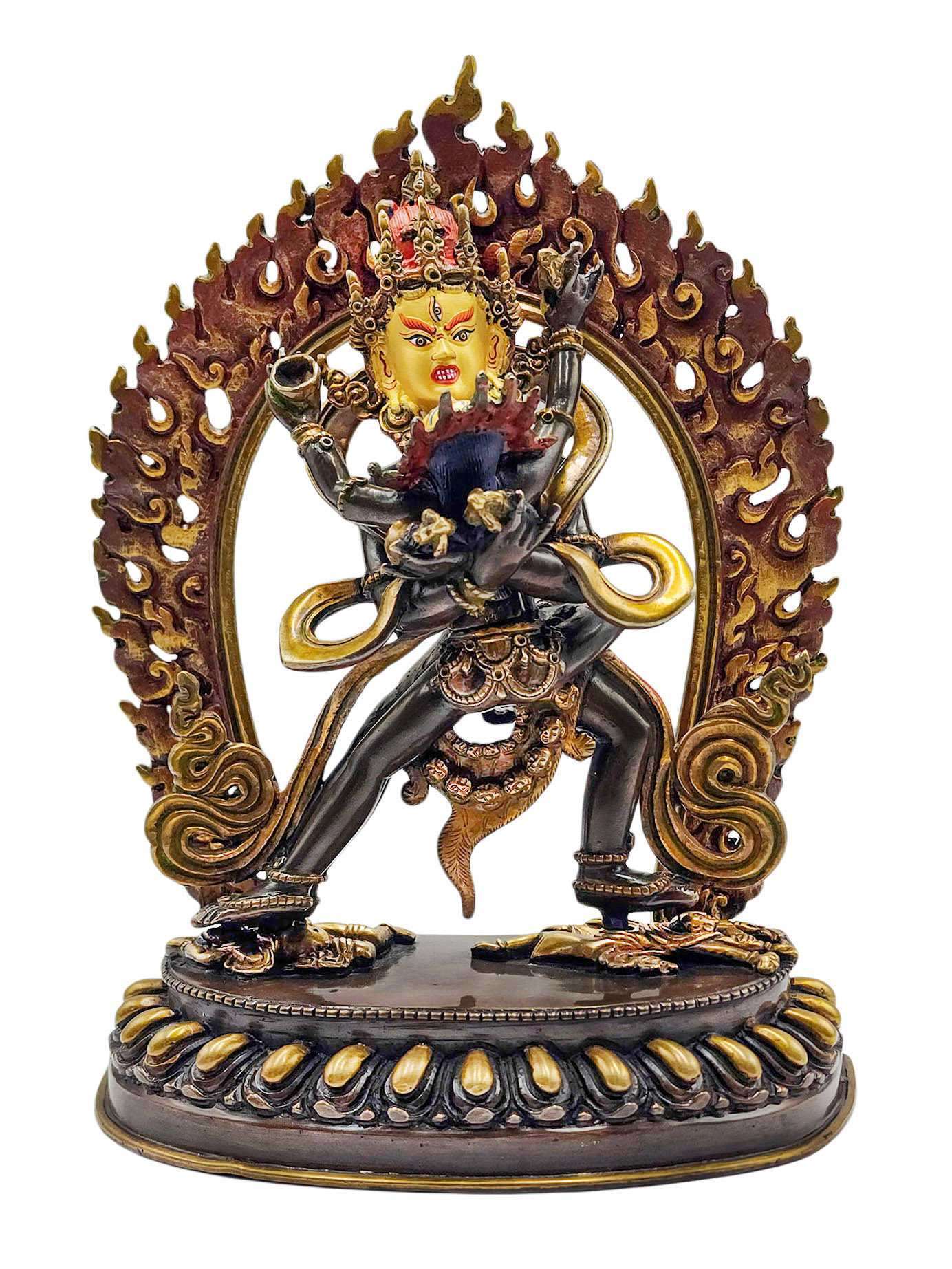 Chakrasamvara, Buddhist Handmade Statue,
Chakrasamvara, Buddhist Handmade Statue, 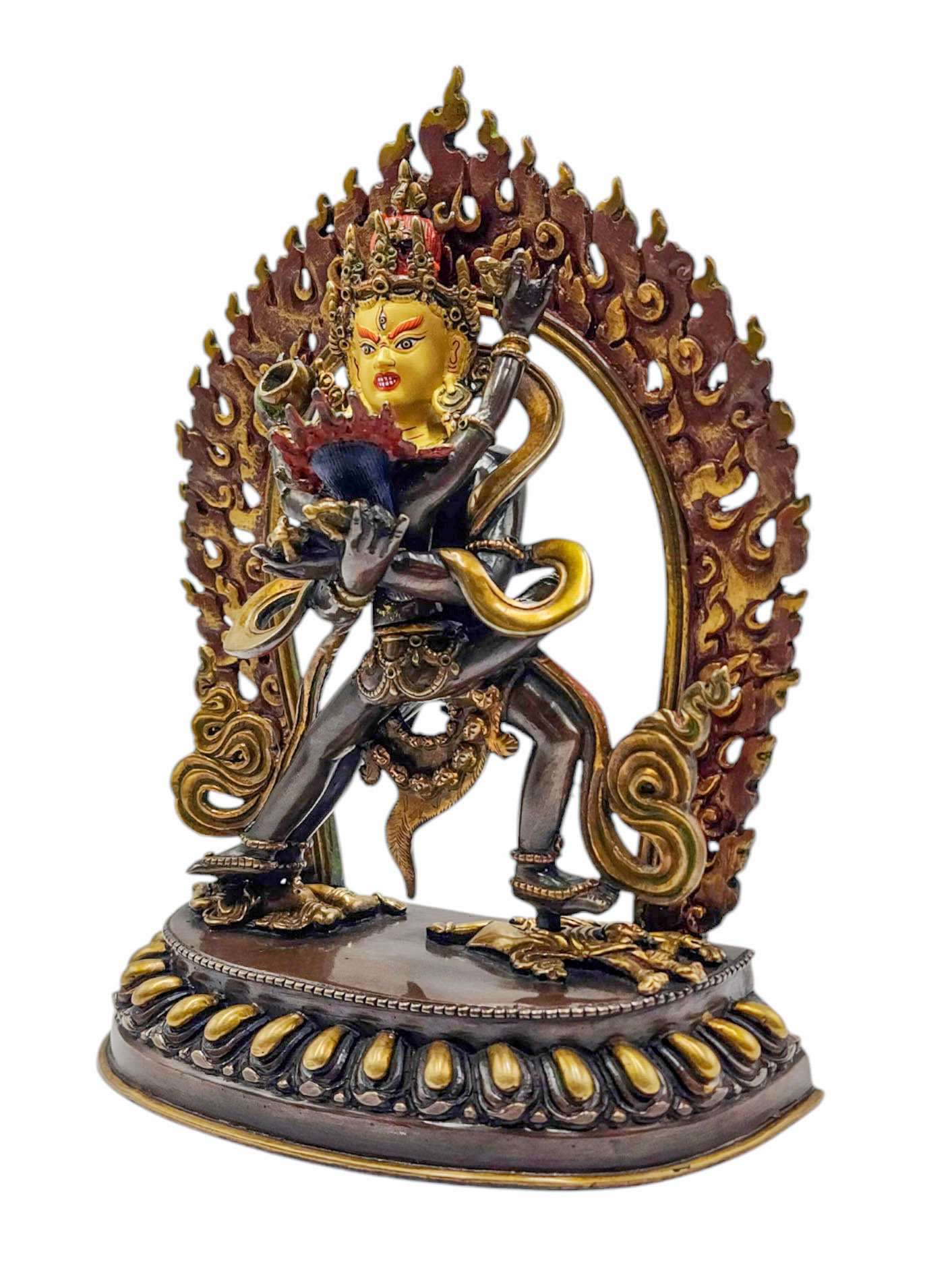 Chakrasamvara, Buddhist Handmade Statue,
Chakrasamvara, Buddhist Handmade Statue,  of Chakrasamvara - Heruka,
of Chakrasamvara - Heruka,  of Chakrasamvara - Heruka,
of Chakrasamvara - Heruka, 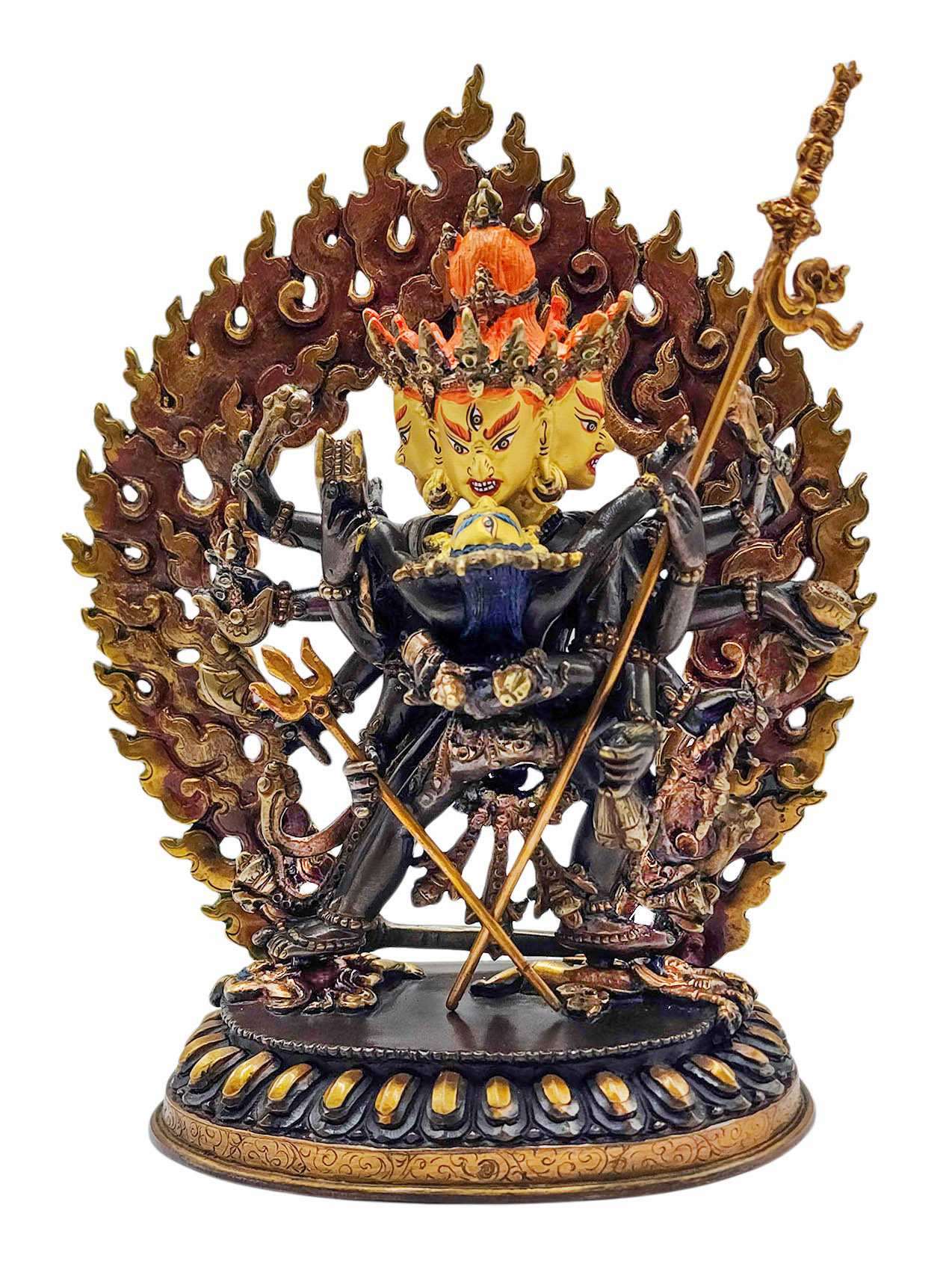 Chakrasamvara, Buddhist Handmade Statue,
Chakrasamvara, Buddhist Handmade Statue, 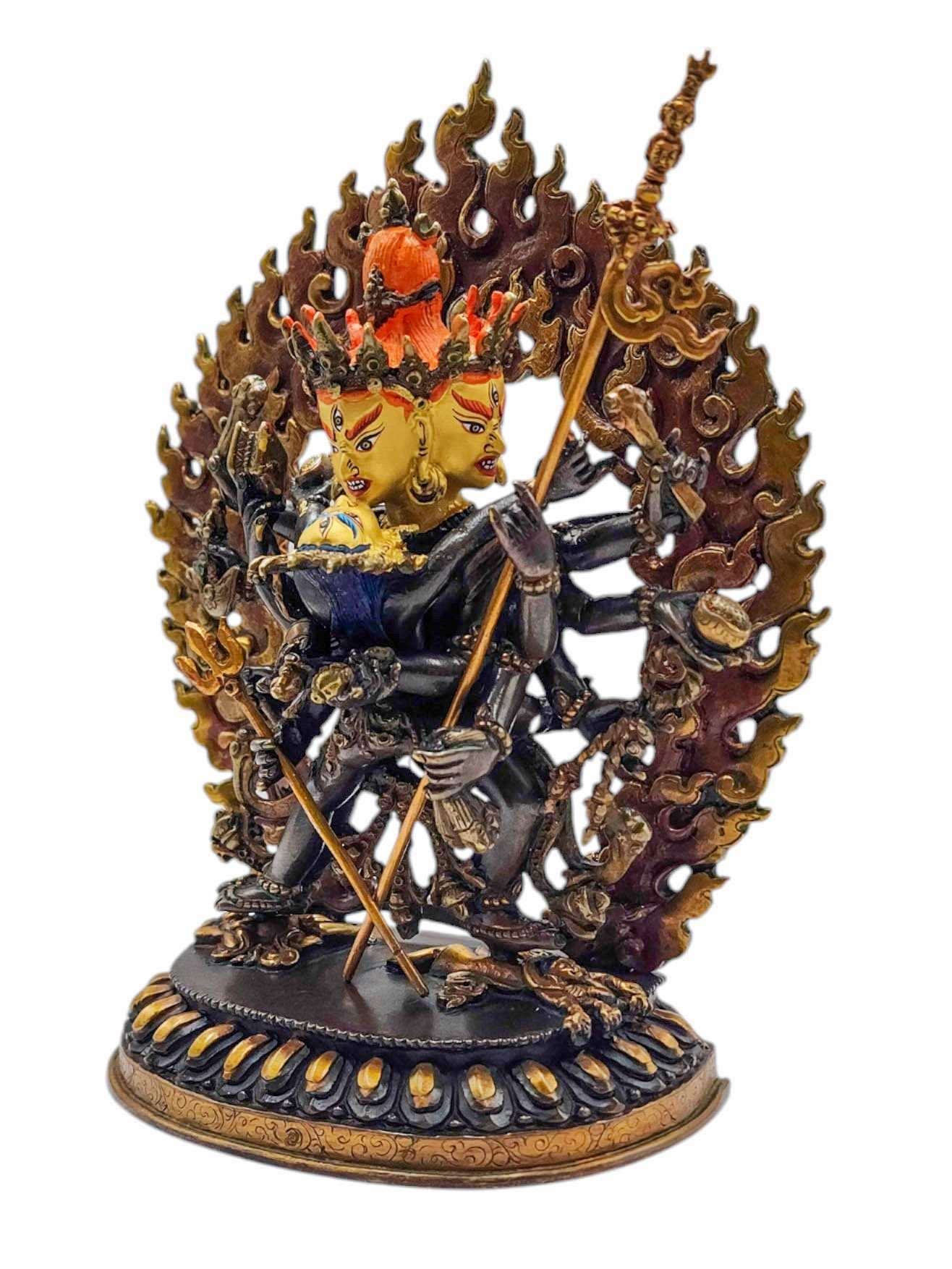 Chakrasamvara, Buddhist Handmade Statue,
Chakrasamvara, Buddhist Handmade Statue,  of Chakrasamvara - Heruka,
of Chakrasamvara - Heruka, 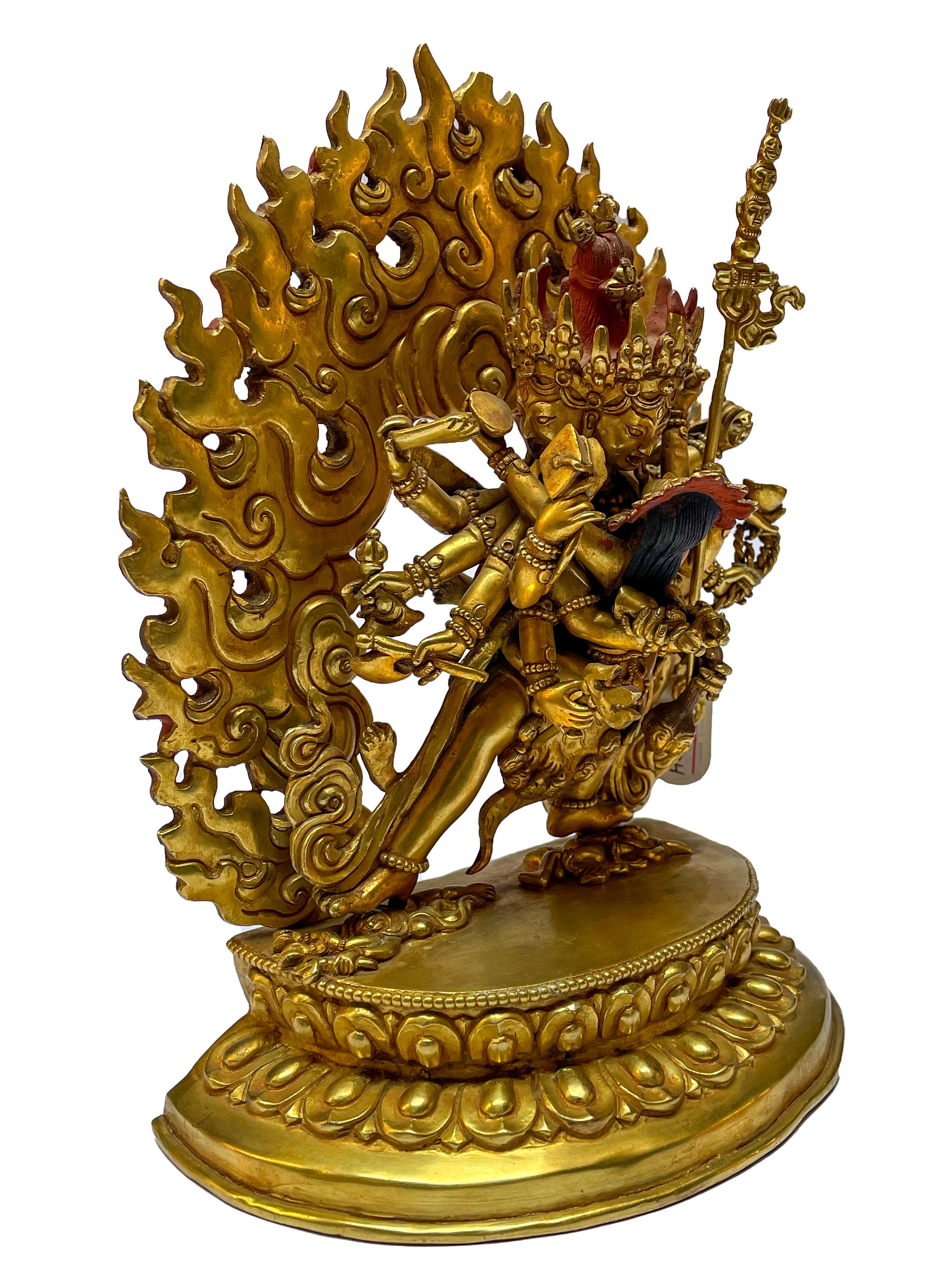 of Chakrasamvara - Heruka,
of Chakrasamvara - Heruka,  Chakrasamvara, Buddhist Handmade Statue,
Chakrasamvara, Buddhist Handmade Statue, 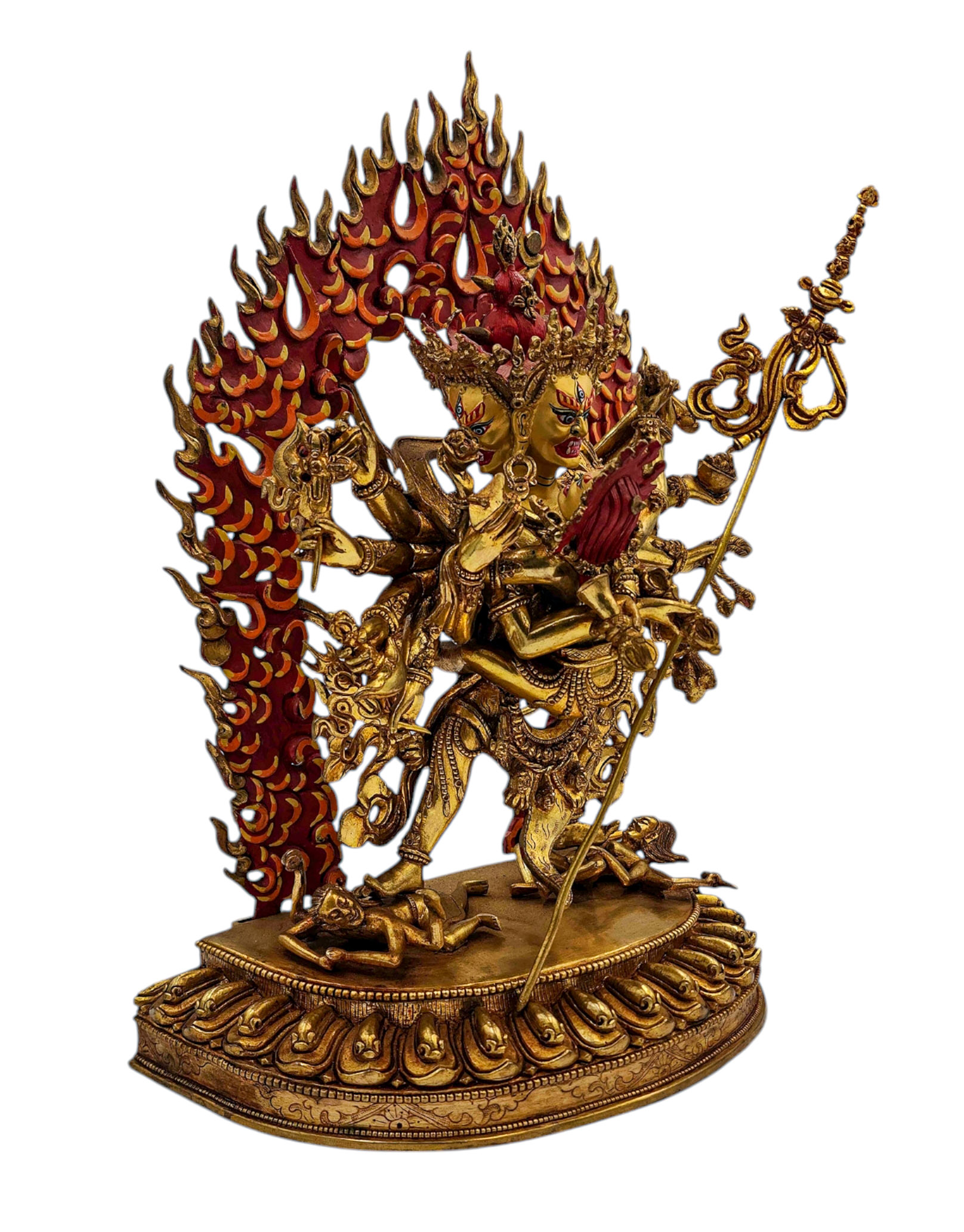 Chakrasamvara, Buddhist Handmade Statue,
Chakrasamvara, Buddhist Handmade Statue,  of
of 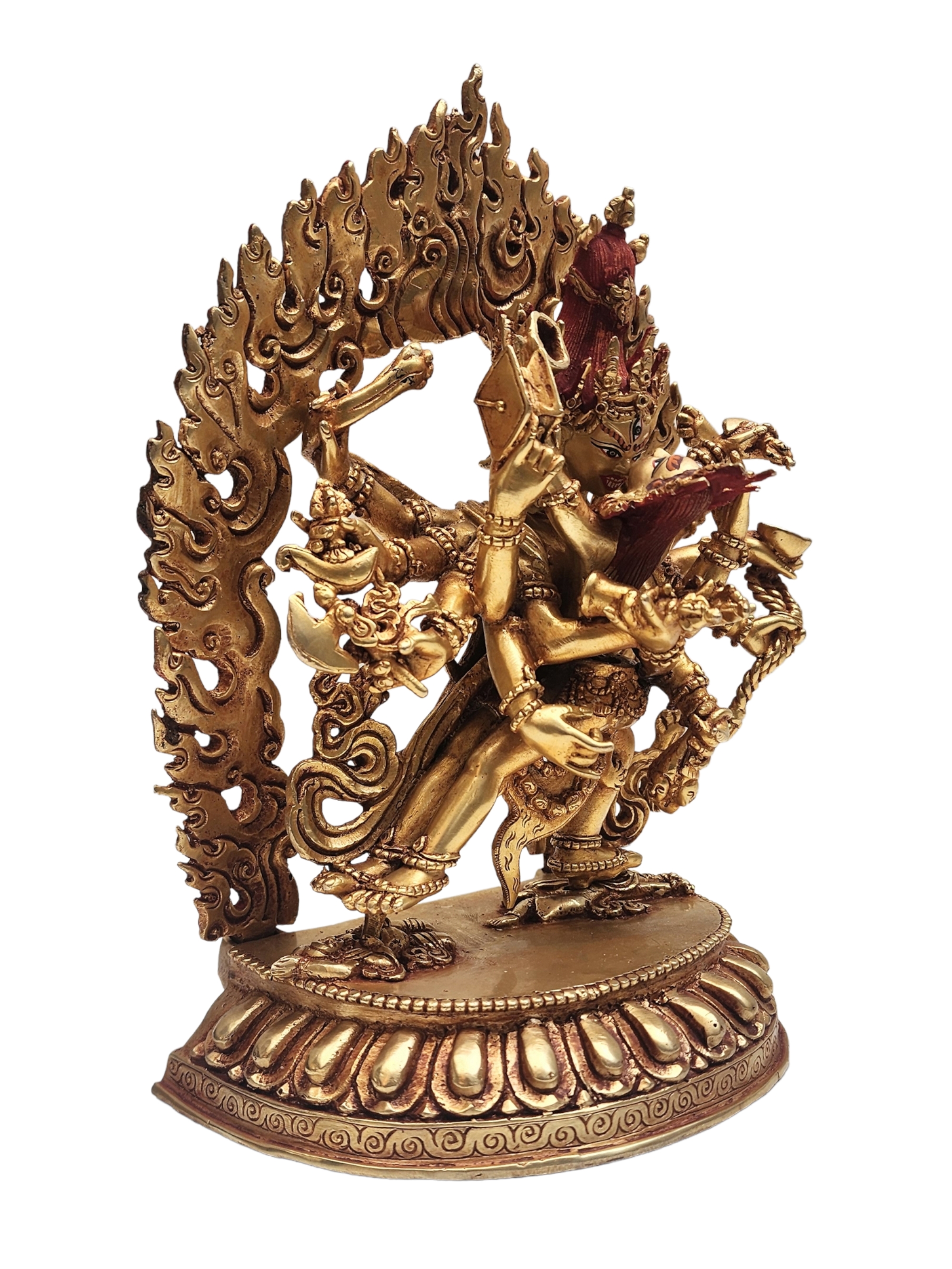 of
of  with Wooden Base
with Wooden Base 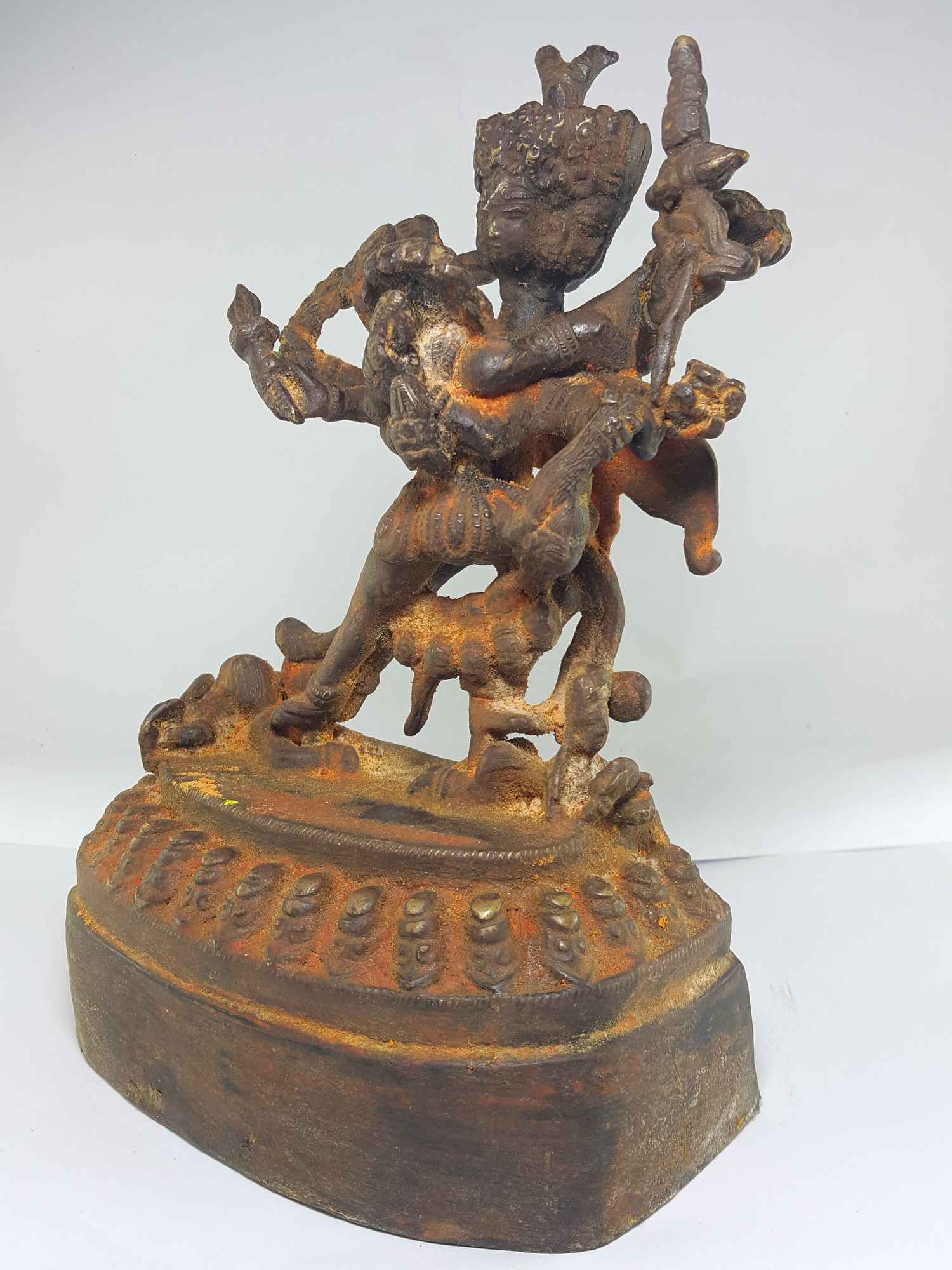 with Wooden Base
with Wooden Base  of Chakrasamvara - Heruka
of Chakrasamvara - Heruka 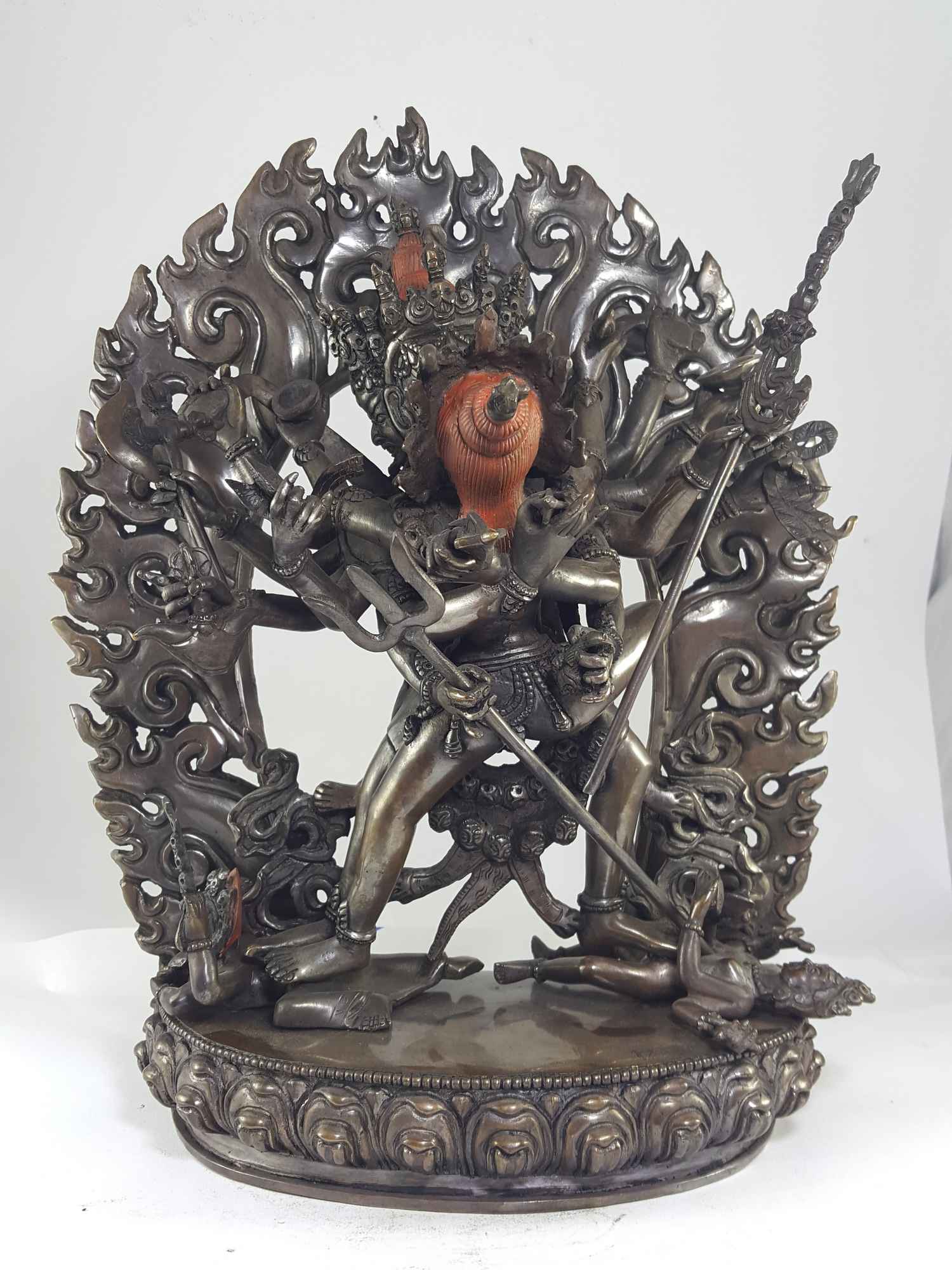 of Chakrasamvara - Heruka
of Chakrasamvara - Heruka  of Chakrasamvara - Heruka
of Chakrasamvara - Heruka  of Chakrasamvara - Heruka
of Chakrasamvara - Heruka  of Chakrasamvara - Heruka,
of Chakrasamvara - Heruka, 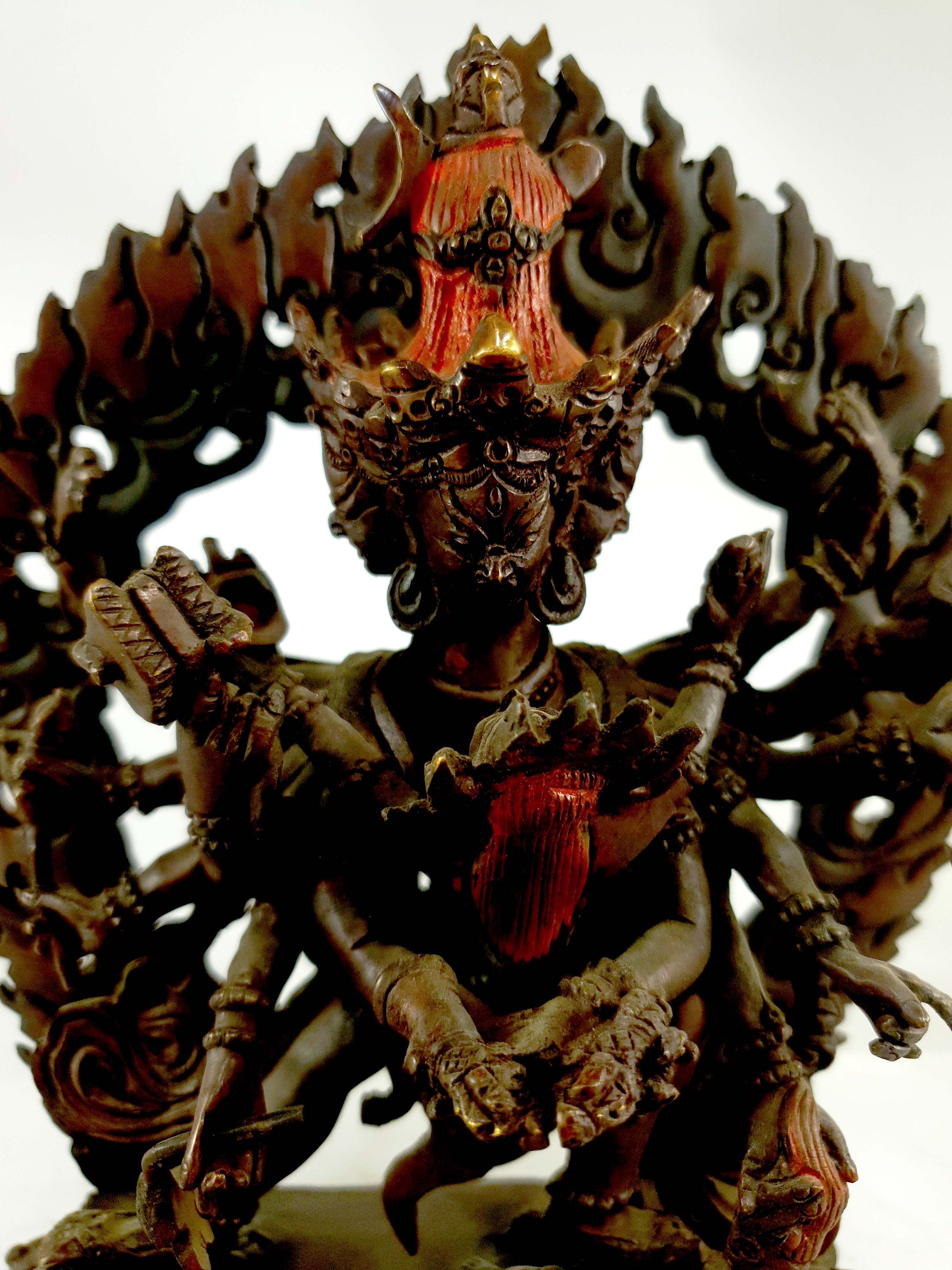 of Chakrasamvara - Heruka,
of Chakrasamvara - Heruka,